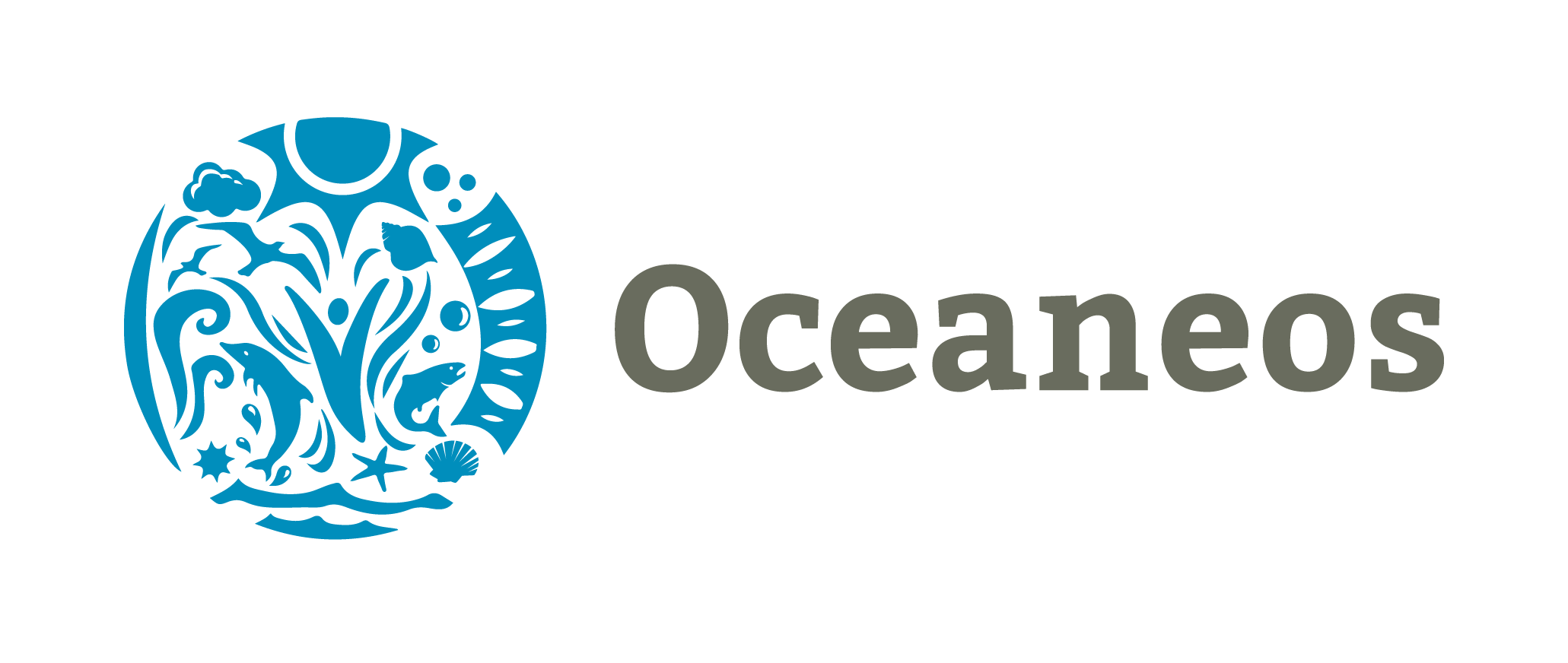Deoxygenation
Measurements and modeled studies have consistently identified a global trend of decreasing concentration of dissolved oxygen in ocean waters. At the same time, ocean waters are acidifying at the fastest rate in over 300 million years. According to The State of the Ocean Report (2013), written by an international panel of marine scientists, an increase in human CO2 emissions and warming of the oceans are creating conditions similar to those of the great Permian extinction 300 million years ago. Scientists believe that the Permian extinction was triggered by massive volcanic eruptions in Siberia, which released stored carbon. They believe this process led to the deoxygenation and acidification of the oceans, which enhanced bacterial production of hydrogen sulfide gas – poisoning species that needed oxygen. In the end, 90% to 95% of all marine species became extinct. The fossil record shows that it took 30 million years for marine biodiversity to recover.
Carbon dioxide, which occurs in relatively small amounts in the atmosphere, is a crucial substance for plants, but it is also a climate-changing gas. Although oxygen is not only a major component of the atmosphere, it is also the most abundant chemical element on Earth – and we all need it. The creation of oxygen in the atmosphere is the result of photosynthesis, which helps plants and bacteria to convert inorganic materials such as carbon dioxide and water to biomass. The biomass produced is the nutritional foundation bacteria, animals and humans.
Oxygen distribution in the ocean depends on two biological processes: the respiration of organisms and physical processes such as current flow. Changes in either of these processes lead to changes in oxygen distribution. Experts believe that dissolved oxygen can be viewed as a kind of sensitive early warning system for global climate change within the ocean. Studies show that this early warning system can detect the expected decrease in oxygen transport from the atmosphere into the ocean – driven by global current and mixing processes as well as possible changes in marine biotic communities. Today, this early warning system is sounding the alarm that we’re on the path to recreating the conditions of the Permian extinction.
One way to address the deoxygenation is by addressing human CO2 emissions. Studies have proven that CO2 emissions have a direct effect on both global warming and ocean acidification. While world governments have been trying to address this specific issue by curbing emissions, scientists agree that it will take the cooperation of the world community.


